Evolution is one of the most interesting and at the same time, debated ideas of our times. It is the idea that creatures of all kinds, constantly change from one form to another, with the passage of time. The idea has become fairly mainstream, but there are many who still question it. In fact, there are many people in the world who don’t believe the theory of evolution.
Regardless, given in the list below are 7 things about evolution that you might find to be interesting.
The Theory of Evolution Was First Proposed By Charles Darwin
The modern-day theory of evolution was first proposed by an English naturalist named Charles Darwin. Charles Darwin was a biologist & naturalist who made pioneering contributions towards the science of evolution. Darwin’s contribution significantly influenced the scientific community in history and influences even now. He made his contribution through an important book in history.
He made his theories public in his book, On the Origin of Species which was first published in the year 1859. This book talks about natural selection among species of organisms. The naturally strong, competent and powerful organism survives. The theory of evolution is also called as Darwinian Theory. The theory explains that all species change over time, give rise to new species, and share a common parent.
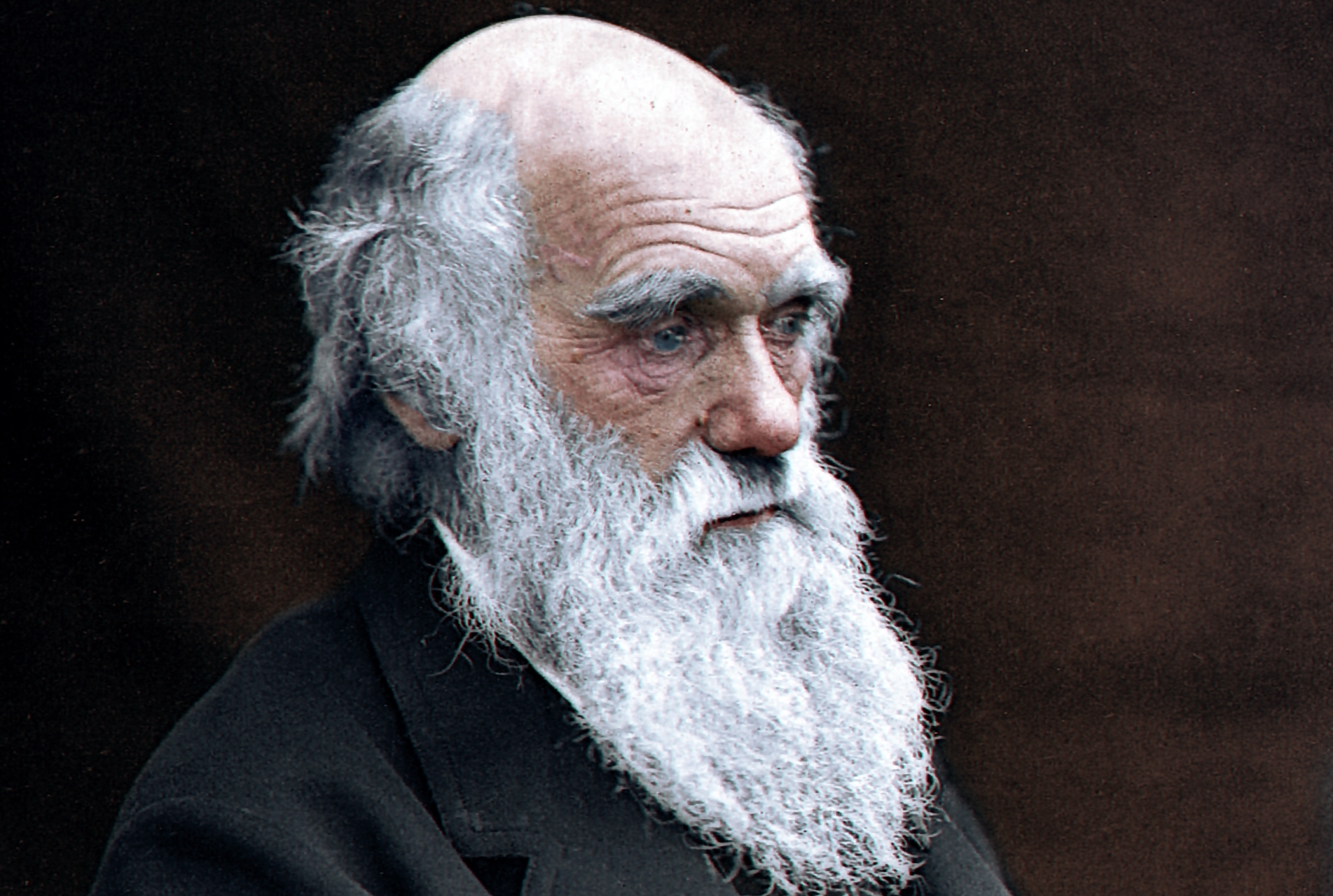
Humans Have Tails Before They Are Born
An average person may not have a tail. But that doesn’t mean that they didn’t at one point in history. Actually, the fact is that all humans are born with a tail. During pregnancy, fetus shows characteristics of a tail which vanishes over time. This feature of human beings is one of the most interesting of all vestigial organs in humans.
Once the baby is born, the tail would have shrunk almost entirely. But, there are times when babies are born with these vestigial tails which are removed through surgery. The existence of tailbone among mammals acts as proof that humans had tails before evolving into modern human beings.

Human Evolution Is Still Going On Today
Many people think that evolution takes millions of years or at least thousands of years, and it is a very slow process to track. But, scientists are now able to track the genetic shifts in real time. Thanks to technology and advancement in science.
It may seem like humans have already completed their evolutionary process.
This is however just an illusion. And it’s because evolution is a continuous process. It is driven by mutations in the genetic code, which gets transmitted to the next generation, without exception.
While the inheritance of a few mutations doesn’t really mean much, the constant occurrence of mutations and their subsequent accumulation eventually leads to the rise of new species.
In other words, as long as the mutation and inheritance process goes on, evolution will continue.
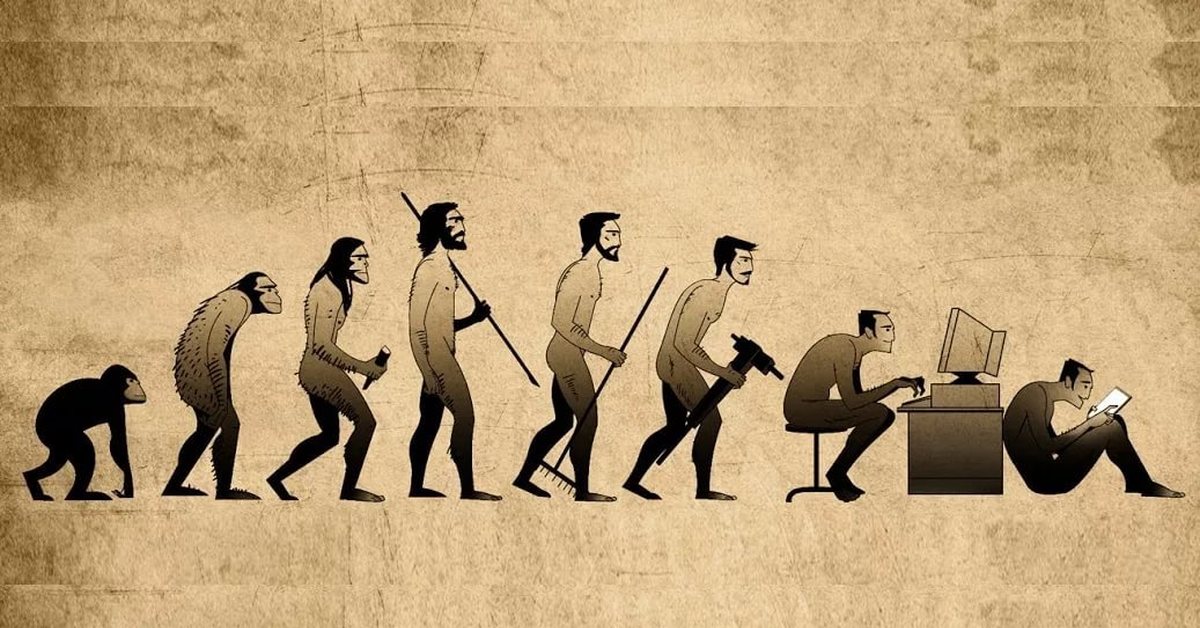
Genetic Engineering May Allow Us to Guide Our Own Evolution
Genetic engineering is the process of altering the genetic code of an organism to produce the desired effect.
This is a branch of science that has been used in the past, is being used today, and will continue for a very long time. At the same time, however, the process of genetic modification is still under research and will take time to be perfect.
But once it is perfected, it is possible that science can be used to change the genetic code of future generations. Instead of waiting for thousands or even millions of years to get the desired change, the changes can be created in as little as a single generation alone.

Humans Likely Contain Some Amount of Neanderthal DNA
Numerous human subspecies existed alongside modern humans for a very long time ago. Among them were the Neanderthals.
Today, the Neanderthal is extinct. However, a part of the Neanderthal DNA may be present in modern humans particularly those who live in places like Europe and Asia. According to studies and researches on humans, it is believed that humans have 20% of Neanderthal DNA. The Neanderthal DNA in humans is found in skin, hair, and nails. Even the modern diseases among humans have close relations to the Neanderthal DNA.
The theory has been proposed that at one point in human history when humans and Neanderthals were living together, some Neanderthals mixed with modern humans and passed on their genes.
This is still being studied and with the passage of time, we will be able to find out more.
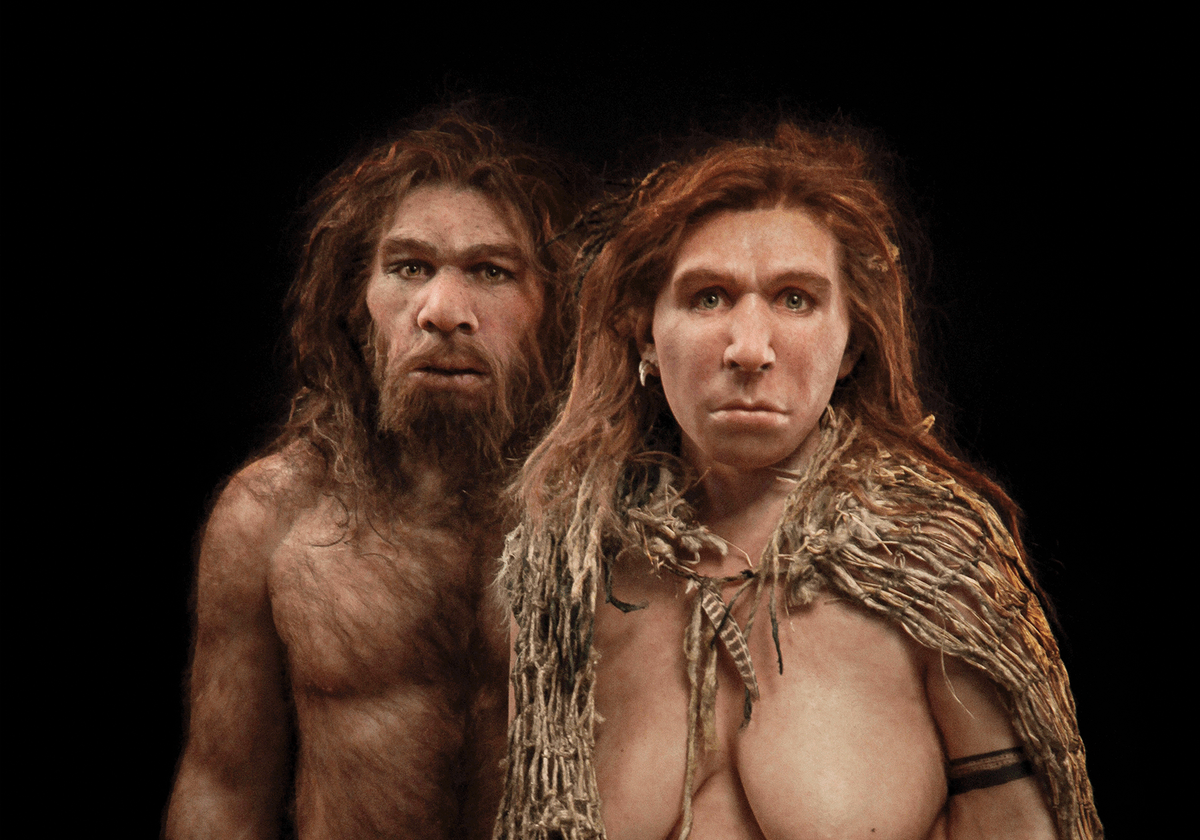
Early Human Embryos Are Similar To Those of Other Animals
The embryo of all animals is essentially alike during the early stages of formation. Until the 8th week after conception, the unborn child is still called embryo. After the 8th week, the embryo becomes a fetus.
In other words, the embryo of a human is no different than that of a dog, chicken or fish, during the first few weeks of pregnancy.
This is because all animals evolved from the same ancestor, millions of years ago. Meaning, all the animals including humans carry the same ancient genes. So, many of the living organisms on Earth are related to each other and share the same development phase.
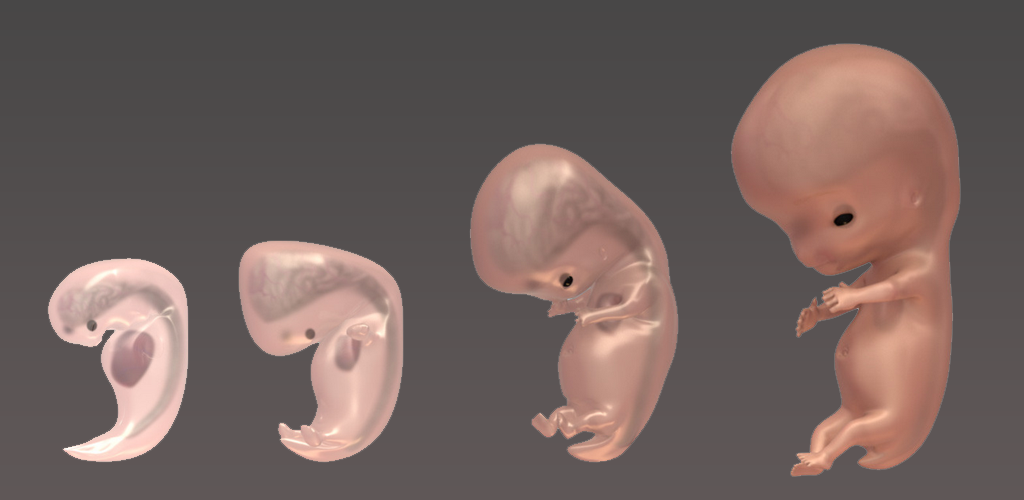
Evolution Works along the Principle of ‘Survival of the Fittest’
The way that evolution works, is along the principle of “Survival of the Fittest.” The biological process of evolution is governed by a simple yet powerful phrase given by Darwin. Fossil records across the globe are proofs that this theory is real.
In other words, it is a reference to the fact that a species will only survive if it is fit enough. If in case it isn’t fit then the selective process will eliminate it through factors like predators, disease, and so on. Every species struggle to survive, but the strongest one actually survives by the process of natural selection. This phrase is from Darwinian evolutionary theory. It was first used by Charles Darwin in the book On the Origin of Species".
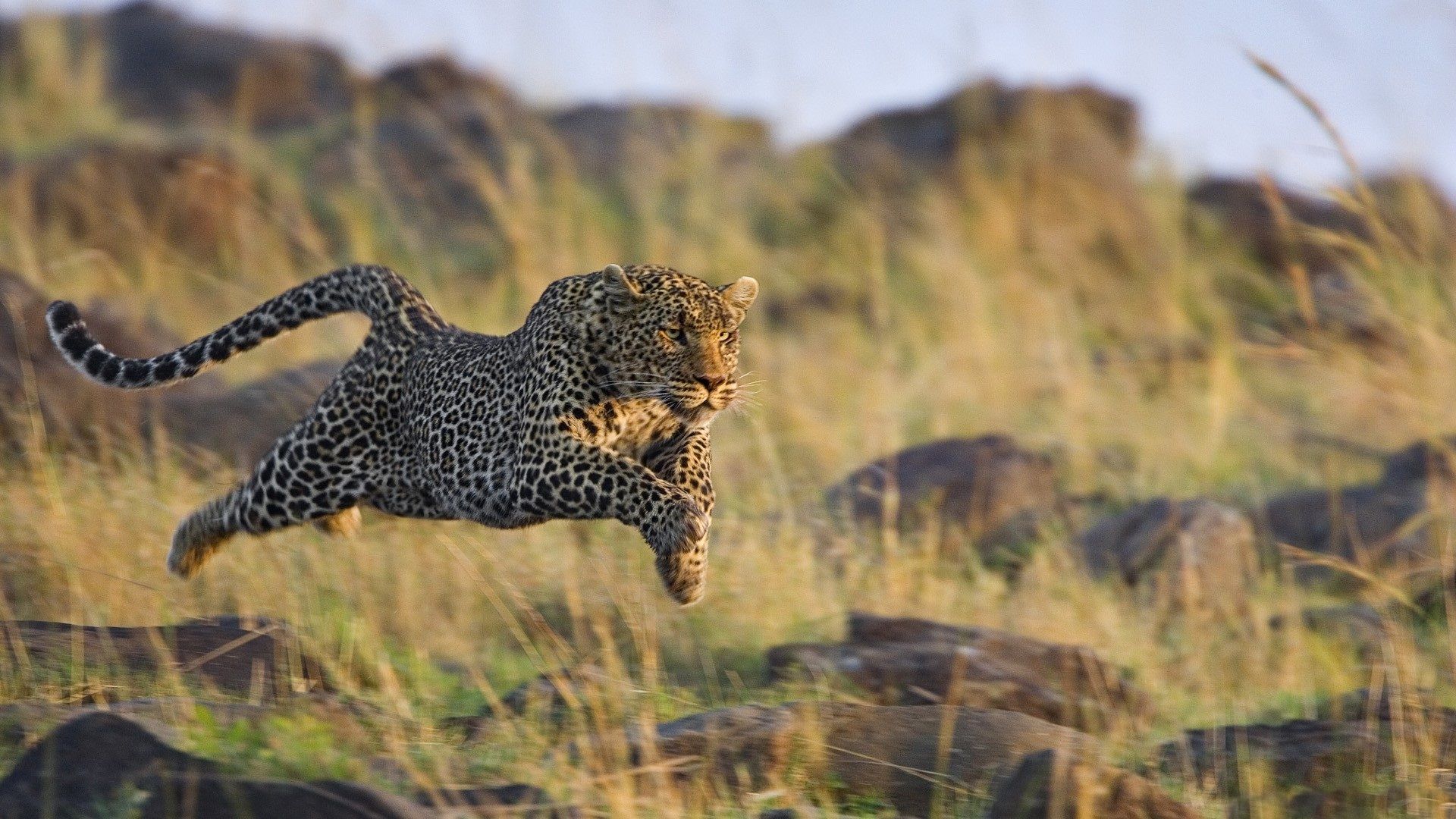




Related Posts
Top-7 Most Expensive Dogs in the World
7 Most Expensive Cats in the World 2023
Top-7 most luxurious and expensive airlines in the world